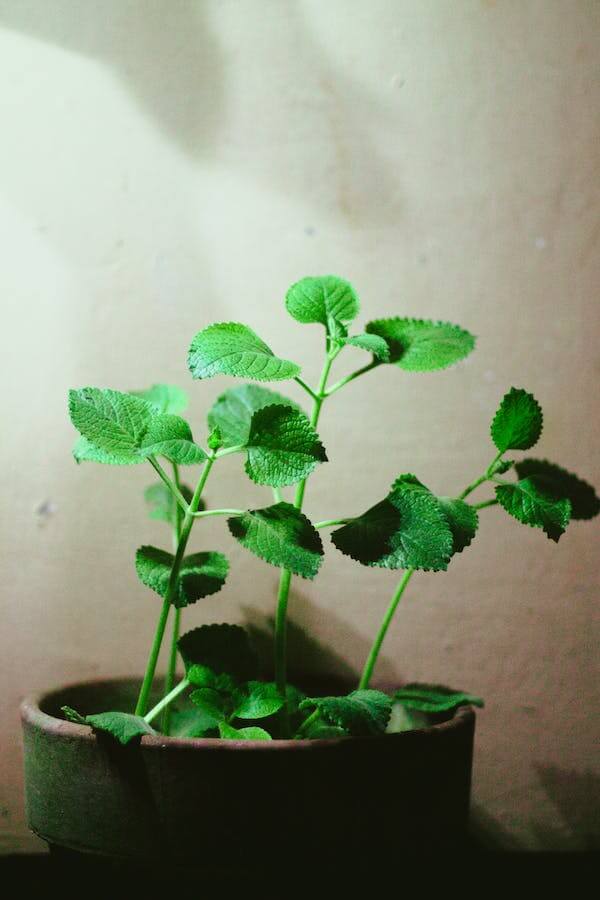The allure of ornamental oregano in your garden is irresistible. This plant, known as Kent Beauty, boasts distinctive, cascading flowers and a delightful fragrance. Its botanical name is Origanum rotundifolium. Maintaining a Kent Beauty garden or container requires thoughtful care, hence this guide.
We will unlock the ten steps to cultivating and nurturing your plants. Ornamental oregano requires sunlight, great soil, water, mulching, pruning, nutrients, winter/summer care, and pest/disease control. Also, we will teach you weed control and propagating to grow more oregano in your garden.
General Care Guidelines Ornamental Oregano Kent Beauty
Here are the right steps to take to ensure that you have a vibrant oregano crop;
1. Choose Quality Ornamental Oregano Seeds/Seedlings
The first step in growing a healthy oregano crop is selecting the fight seeds and seedlings. Always choose healthy ornamental oregano seeds. You can opt for growing from scratch or buying seedlings for transplant. Both choices require a guide to ensure you have the best crop. Buy seeds/seedlings from an authentic supplier for a healthy crop. If you are considering cuttings, beware of plants resembling oregano, including rosemary, basil, mint, etc.
2. Best Soil For Ornamental Oregano
Ornamental oregano doesn’t do well in water-logged soil. It does well-draining soil that is slightly alkaline to neutral. Good drainage is crucial to prevent root rot if the soil is too waterlogged. You can do soil testing before the planting process. Find a professional soil sampling, testing, and analysis center near you.
3. Water
Water is essential in gardening, but you must do it right. Oregano ornamental is drought-tolerant once established, so be cautious not to overwater. Between watering, let your soil dry out—also, water at the plant’s base of the plant to keep the foliage dry and prevent fungal diseases.
4. Sunlight
Ornamental oregano prefers sunny conditions. At the same time, it does well in partial shades. All you need to ensure is at least 6-8 hours of sunlight every day for optimal growth and flowering.
5. Fertilization
Fertilization equals nutrition. Though ornamental oregano is not a heavy feeder, it still requires fertilization. After testing your soil, the professionals will tell you whether it is fertile. If it is fertile, you may not need additional feeding. If your soil is poor, apply a balanced, slow-release fertilizer in spring.
6. Mulching
Most herbs require mulching. The mulch retains soil moisture and, at the same time, suppresses weeds. It also regulates soil temperature. But you have to apply it right. Ensure that the mulching is around the base of the plants and a few inches away from the stem to prevent potential rot. The best mulching material is grass straws.
7. Pruning Ornamental Oregano
As your plants grow, the foliage increases and becomes bushy. Keeping the bush is not ideal, as it can harbor pests and fungi. Also, deadheading spent flowers can prolong the blooming period and keep the plant looking tidy. Prune your plants to encourage more growth and maintain their shape. Pruning also reduces the blooming period.
8. Pest And Disease Control
One of the challenges of Kent Beauty is controlling pests and disease attacks. The most notorious are aphids and spider mites. As a gardener, you must be vigilant and watch for any pests or abnormalities on your plants. Treat infestations as soon as you notice with insecticidal soap or neem oil to prevent spread. Also, pruning and proper spacing enhance good air circulation, which can help prevent fungal diseases.
9. Weed Control
Weed control is essential if you want your crop to thrive. The weeds compete with your plant’s nutrition and water, making them unhealthy. You can control weeds by mulching your oregano crop or uprooting them manually. Remember that you want to grow an organic herb safe for consumption, so avoid herbicides or use them minimally.
10. Winter Care
Your Ornamental oregano is generally hardy, but cold and frost can kill it. The plant might benefit from a layer of mulch in winter to protect the roots. However, in most cases, severe winter makes it behave as a herbaceous perennial. It dies in winter and regrows in spring. Protect your crop in winter by moving the containers to a warm area or a greenhouse. You can also cover your plants with unique horticulture bags.
Propagating Ornamental Oregano
You may want to propagate additional plants. You do not need to buy ornamental oregano seedlings or start from scratch. The good news is that the plant grows from cuttings or by division in spring or early fall.
So, wait until spring or fall to propagate your oregano. Always consider your specific growing conditions and the needs of your particular cultivar. While ornamental oregano is generally low-maintenance, attention to these care tips can help ensure a healthy and attractive plant.
Ornamental Oregano Propagating Tips:
- Select a healthy and robust parent plant for propagation.
- The best time to propagate ornamental oregano is spring or early summer. During this period, your plant is actively growing.
- Choose suitable cuttings that are not flowering stems for cuttings.
- Take cuttings correctly using clean, sharp scissors or pruning shears. Cut below a leaf node to encourage branching and flower buds from the cutting.
- Use rooting hormone to enhance the chances of successful rooting.
- Plant the cuttings in a well-draining propagation medium. A mix of perlite and peat or a seed-starting mix works well. Ensure the medium is wet but not soggy.
- Plant the cuttings in the correct depth and firm the soil around.
- Enclose your cuttings in a plastic bag or use a humidity dome to create a humid environment.
- Provide indirect sunlight to the cutting.
- Maintain consistent moisture.
- Transplant the cuttings with developed roots in a location with the same growing conditions as the parent plant.
- Beware of ornamental oregano lookalikes, including basil, lavender, and rosemary.
Conclusion
Ornamental oregano is an easy-to-grow herb. It thrives well in challenging conditions and doesn’t need a lot of water and fertilization. If the soil is fertile, you will not need to add nutrients. With the above care and propagation tips, you can grow the herb and enjoy its harvest all year round.

